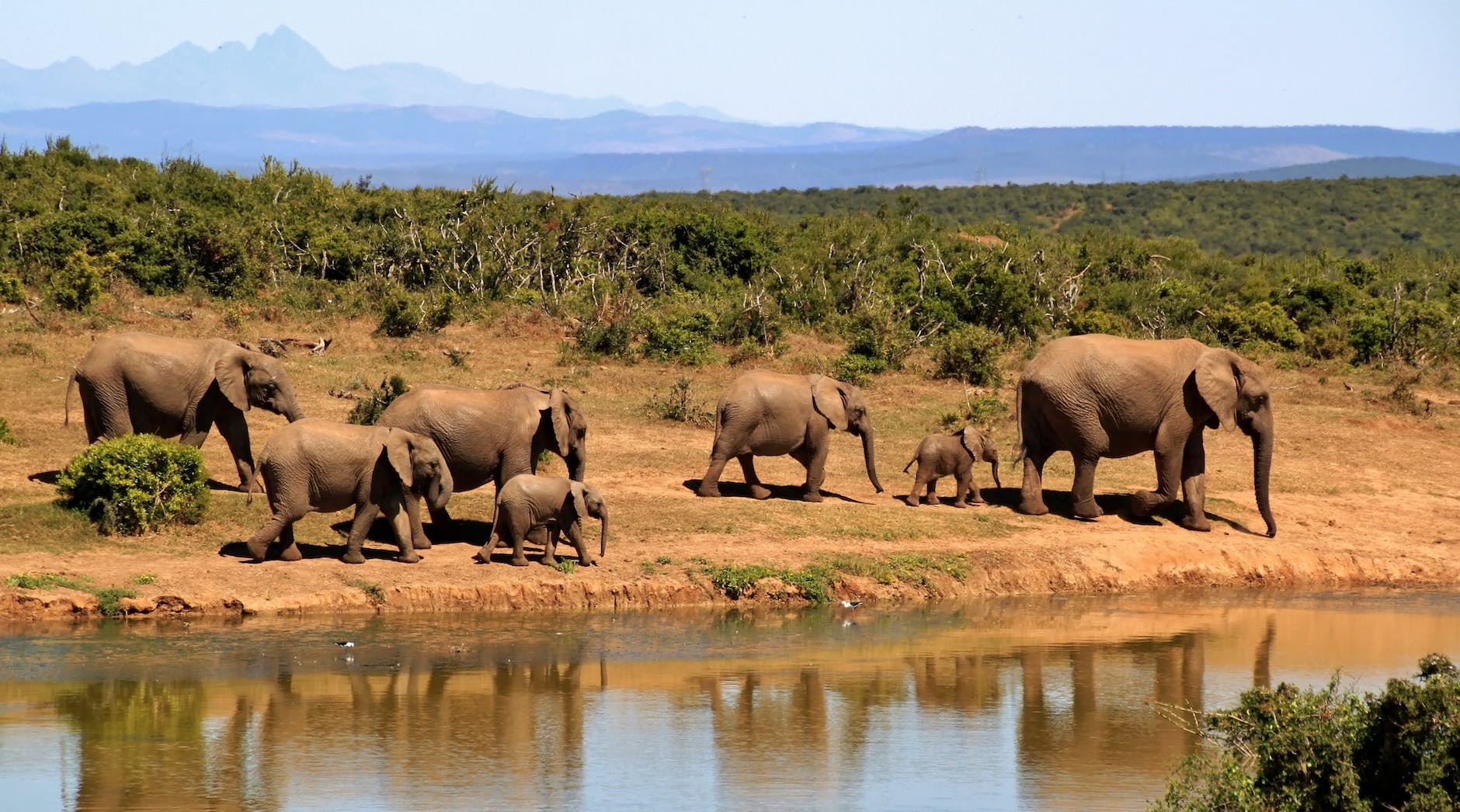Most expats arrive in Kenya by its busiest airport, the Jomo Kenyatta International Airport, located in the southeast of Nairobi. However, a major fire in August 2013 damaged large parts of the JKIA terminal, which up until recently resulted in significant delays due to the limited availability of key airport facilities.
The fire may, however, have been a blessing in disguise. Because of it, the Kenyan government pushed for the speeding up of construction on a new terminal that had previously experienced setback after setback since its foundations were laid in 2010. The result was the opening of Terminal 1A (called Terminal 4 during construction) and a restoration of the airport’s functionality.
Mombasa airport is the second largest airport in the country. Tourists make use of this airport as well, as there are, for example, 18 airlines flying directly from and to Europe, and connections to over 20 cities in the region itself.
Limited Options for Public Transportation in Kenya Once you have landed safely at one of Kenya’s international airports in Nairobi or Mombasa, you will soon notice that the public transportation network is somewhat lacking. There is only one major train line, which runs from Nairobi to Mombasa two or three times per week. This route, which used to run to Kisumu and was known as the “Lunatic Express” in colonial times, is now mainly a haunt for European tourists on a nostalgia tour in first-class compartments.
Intercity transport has been taken over by a bus network, particularly near Nairobi, on the coast, and in the west and south. If you book a long-haul ride with one of the bigger, reputable companies and travel during daylight hours, it should be pretty comfortable and comparatively safe.
At any rate, travel by coach is still safer than Kenya’s ubiquitous matatus or mini-buses. These vans (mostly brightly painted Nissans) are plentiful, cheap, loud, and rather dangerous. Although the government introduced stricter safety regulations, we strongly advise against going by matatu. There’s a reason why the front-row seat next to the driver is called “seat of death”; head-on collisions are sadly frequent on Kenya’s roads.
Braving the Roads in a Cab or Car
Taxis are somewhat over-priced and not always comfortable, but they are indeed the most convenient and safest way to travel around Nairobi and Mombasa. You can find them near international hotels and most tourist sites, and they are usually marked with a yellow line on the side of the car. Attention, though: There is no meter, and you have to agree upon the fare in advance. A ride from central Nairobi to Westlands is about 1,000 KES, for example.
If you aren’t lucky enough to have a company car service or cannot afford to hire a good driver (which quite a few expats do), you can venture onto the roads yourself. You are allowed to use an international driving permit or a foreign license from a Commonwealth country for up to three months.











